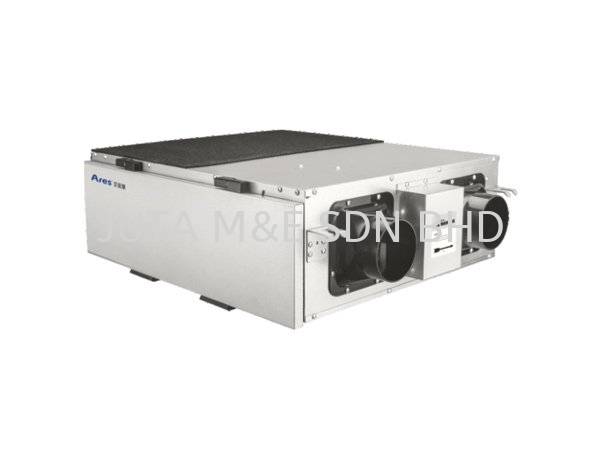Latest News
Improve temperature control to save operation cost
Mar 22, 2024
avoid to get surcharge on electricity billing
Mar 12, 2024
A Power Factor Correction (PFC) panel is an electrical device used to improve the power factor of a power distribution system. The power factor is a measure of how effectively electrical power is converted into useful work output. A low power factor can result in inefficient energy usage and higher electricity bills.
The PFC panel typically consists of capacitors connected in parallel to the electrical load. These capacitors help offset the inductive reactive power drawn by certain types of electrical equipment, such as motors and transformers, thereby improving the overall power factor of the system.
By installing a PFC panel, businesses can achieve several benefits, including:
Reduced electricity bills: Improving the power factor can lead to lower utility costs by reducing reactive power charges imposed by electricity providers.
Increased system capacity: A higher power factor allows for more efficient use of electrical infrastructure, potentially delaying the need for costly upgrades to accommodate increased loads.
Enhanced equipment performance: By reducing reactive power flow, PFC panels can help optimize the operation of electrical equipment and extend its lifespan.
Overall, PFC panels play a crucial role in optimizing the efficiency and performance of power distribution systems, particularly in industrial and commercial settings where electrical loads can vary significantly.
Regulation Haccp standard in malaysia
Feb 25, 2024
How to troubleshoot foot mounting motor
Feb 16, 2024
boiler energy saving
Feb 16, 2024
key to consider when renovation your properties.
Feb 16, 2024
REALLY need an exhaust fan/cooling system in my MCC room?
Nov 5, 2022
Do I really need an exhaust fan/cooling system in my MCC room ?

